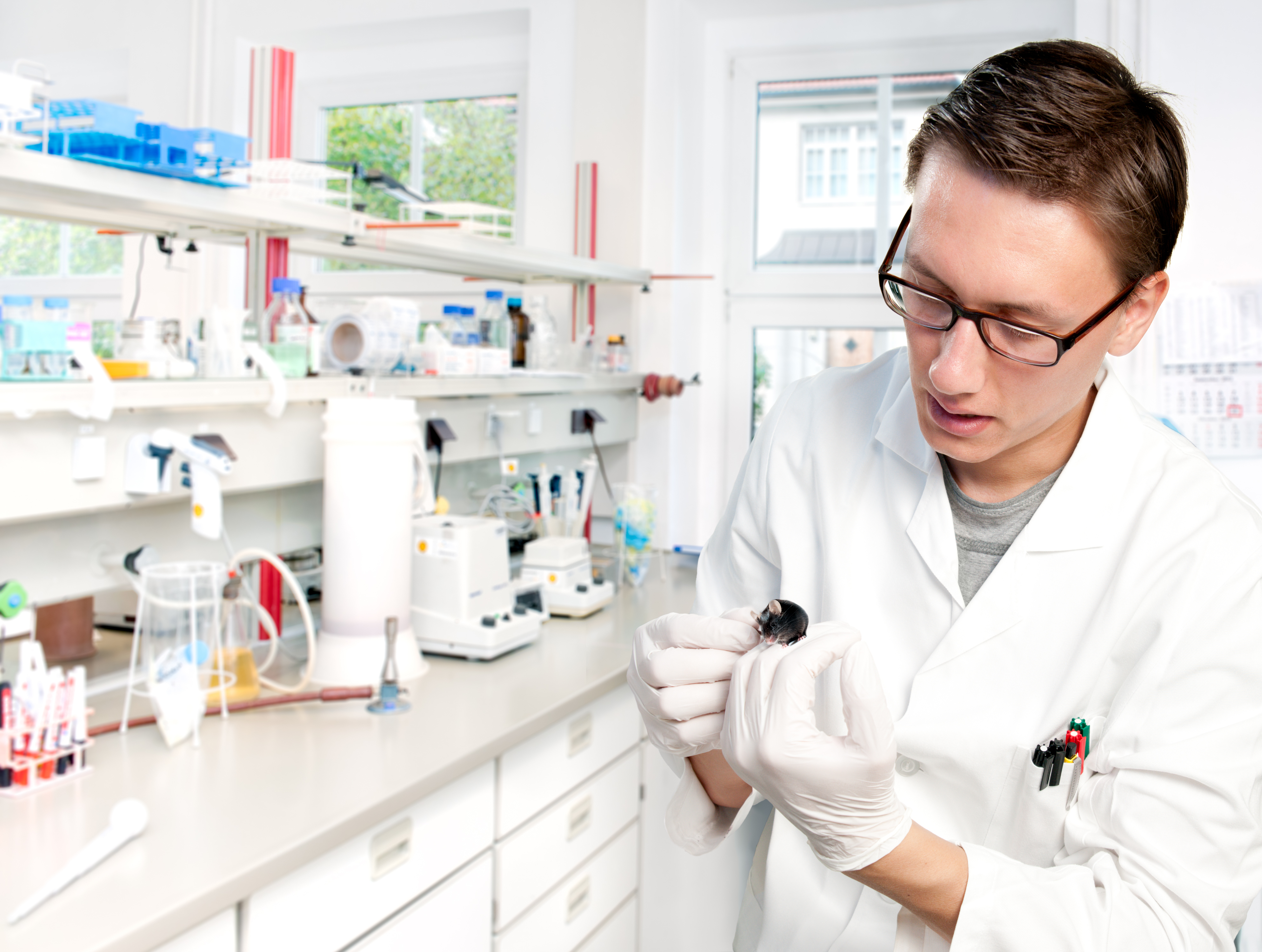Mechanotherapy Promotes Regeneration of Fibrotic Tissues, Study Shows
Written by |

Researchers discovered that mechanotherapy on damaged muscle tissue reduces both fibrotic tissue accumulation and inflammation while helping to increase tissue regeneration, according to a new study titled “Biologic-free mechanically induced muscle regeneration,” published in the journal Proceedings of the National Academy of Sciences (PNAS).
Although focusing on the repair of severely injured skeletal muscle, the study showed that mechanical stimulation can be applied to other tissues and become a new therapy in regenerative medicine.
Skeletal muscle composes up to half of our body mass and is vital for locomotion, posture and breathing. Hence, severe skeletal muscle injuries can lead to extensive fibrosis, scarring, and loss of muscle function.
Although significant progress has been made in the development of cell and drug therapies for severely injured skeletal muscle, there is still no therapy that achieves full functional restoration.
A team of researchers at the Wyss Institute and the Harvard School of Engineering and Applied Sciences investigated the potential of two mechanotherapies in stimulating regeneration. They combined mouse models of muscle injury and hind limb ischemia, and assessed the effects of implanting a magnetic biocompatible gel called a “biphasic ferrogel” directly at the site of muscle injury. Another group of mice was treated with an external, non-invasive soft robotic pressurized cuff over the injured leg without the ferrogel implant. After the implant, mice with the ferrogel were submitted to magnetic pulses to stimulate the muscles, whereas air cycles through the pressurized cuff cyclically massaged the hind leg.
Researchers observed that cyclic mechanical stimulation at the site of muscle injury (either by a magnetized gel or robotic cuff) led to a significant reduction of fibrosis and inflammation in the injured muscle, and resulted in a two-and-a-half-fold increase in muscle regeneration over the course of two weeks. The team also observed an approximately threefold increase in maximum contractile force of the injured muscle when compared to untreated controls.
The findings showed that both methods, either ferrogel implant or pressurized cuff, lead to similar levels of regeneration. Most importantly, the study showed that biologic-free scaffolds are a potential new therapy for inducing regeneration of tissues, such as in lungs affected by fibrosis.
“Until now most approaches to muscle regeneration have been biologic, relying on the use of drugs or cells,” Dr. Christine Cezar, the study’s lead author, said in a press release. “Our finding that mechanical stimulation alone is enough to enhance muscle repair could open the door to new non-biologic therapies, or even combinatorial therapies that employ both mechanical and biological interventions to treat severely damaged skeletal muscles.”
Wyss Institute Founding Director Dr. Donald Ingber, a pioneer and leader in the field of mechanobiology, said, “This work clearly demonstrates that mechanical forces are as important biological regulators as chemicals and genes, and it shows the immense potential of developing mechanotherapies to treat injury and disease. The challenge now is to advance this new mechanotherapeutic approach from the bench to bedside, where the real impact on human lives can occur.”






